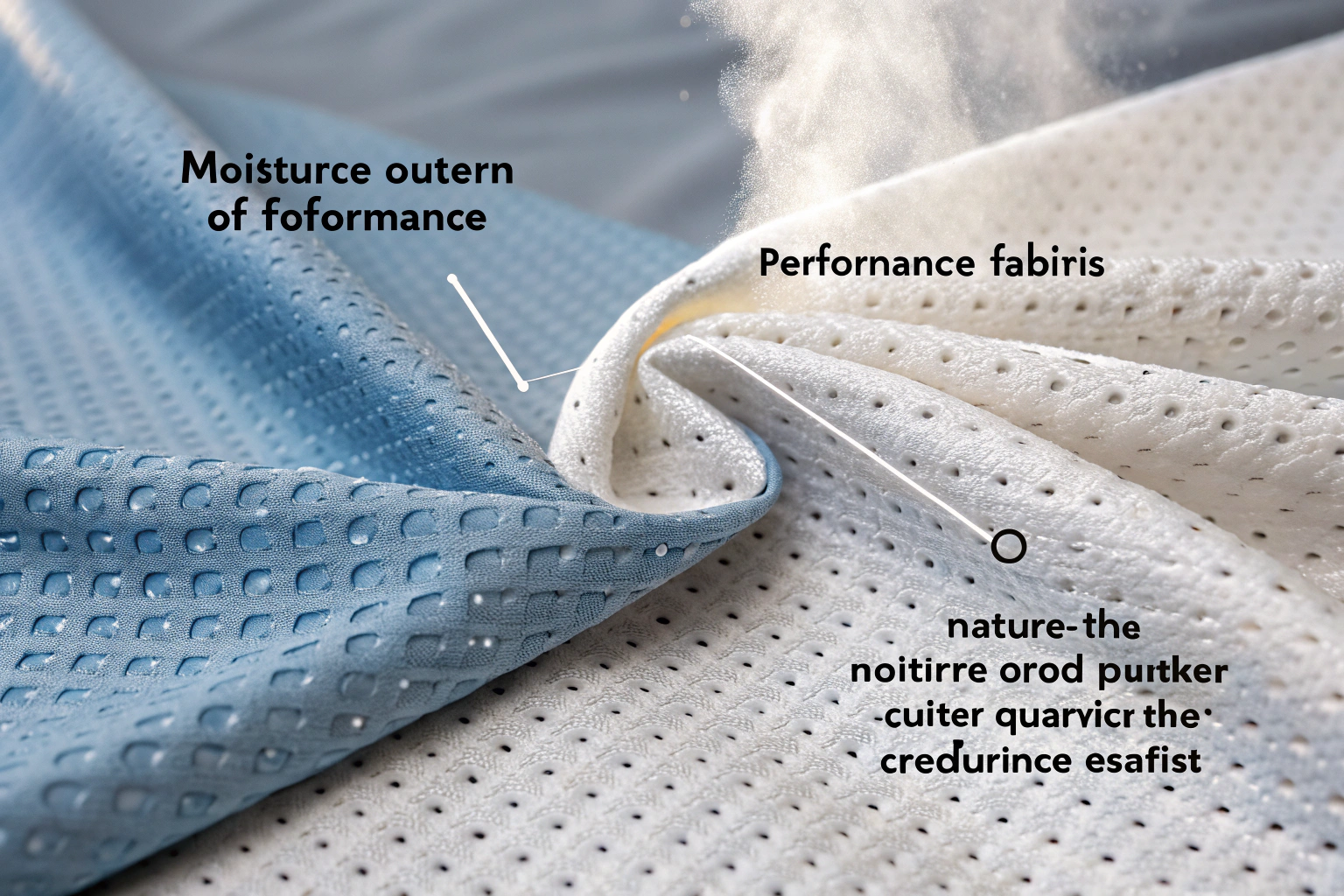Moisture management is one of the most important properties in performance textiles. In the context of sportswear, outdoor apparel, and even daily wear in hot climates, the ability of a fabric to keep the body dry directly affects comfort and functionality. Many labels now advertise “moisture-wicking,” but what does this term mean in precise technical terms?
Moisture-wicking refers to the process by which fabric fibers draw perspiration away from the skin and enable it to evaporate from the surface. This function depends on fiber chemistry, yarn structure, fabric construction, and finishing treatments.
How Do Moisture-Wicking Fabrics Function?
Moisture-wicking fabrics operate primarily through capillary action, the movement of liquid within narrow spaces without external force. Hydrophobic fibers such as polyester and nylon do not absorb water into their cores but instead transfer it along the surface. Once the liquid reaches the outer fabric layer, it spreads and evaporates rapidly.
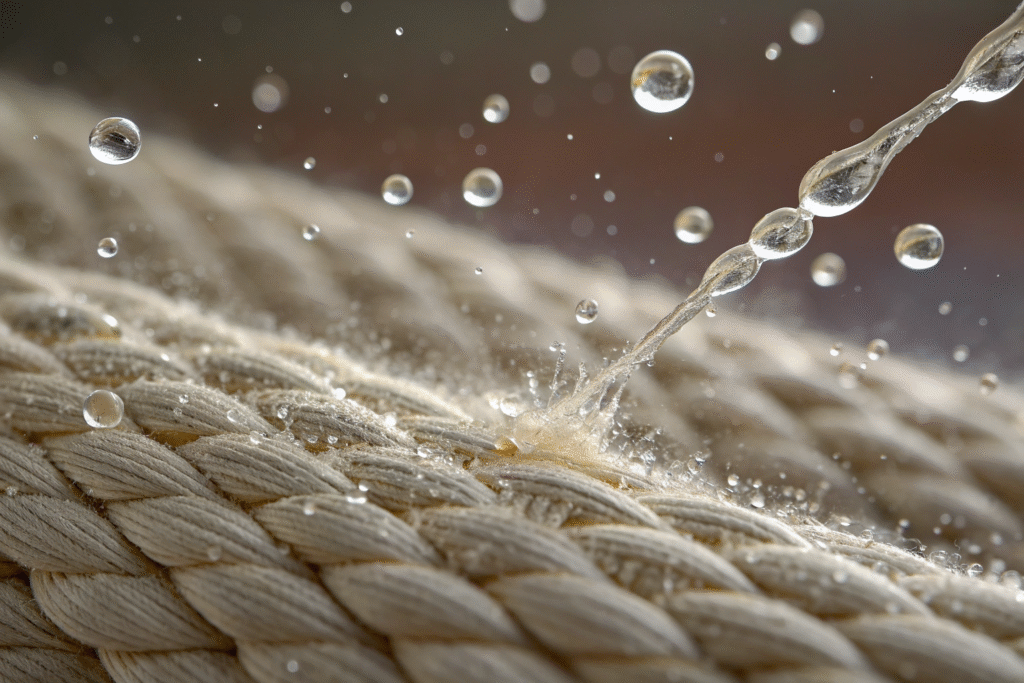
Why is capillary action important?
Capillary action enables sweat to be transported efficiently, maintaining skin dryness. Research published in the Journal of Engineered Fibers and Fabrics confirms that fine denier fibers with larger surface areas demonstrate superior wicking properties.
Can natural fibers also wick moisture?
Yes. Fibers such as merino wool absorb water vapor and still feel relatively dry to the touch. However, natural fibers usually wick at slower rates than synthetic counterparts.
Characteristics of Effective Moisture-Wicking Fabrics
The degree of wicking depends on several material factors:
| Factor | Technical Impact on Wicking |
|---|---|
| Fiber type | Hydrophobic fibers like polyester transport sweat faster than cotton |
| Yarn construction | Continuous filaments allow superior liquid transfer |
| Fabric design | Mesh or double-knit structures enhance airflow and evaporation |
| Finishing process | Surface treatments improve wettability and drying speed |
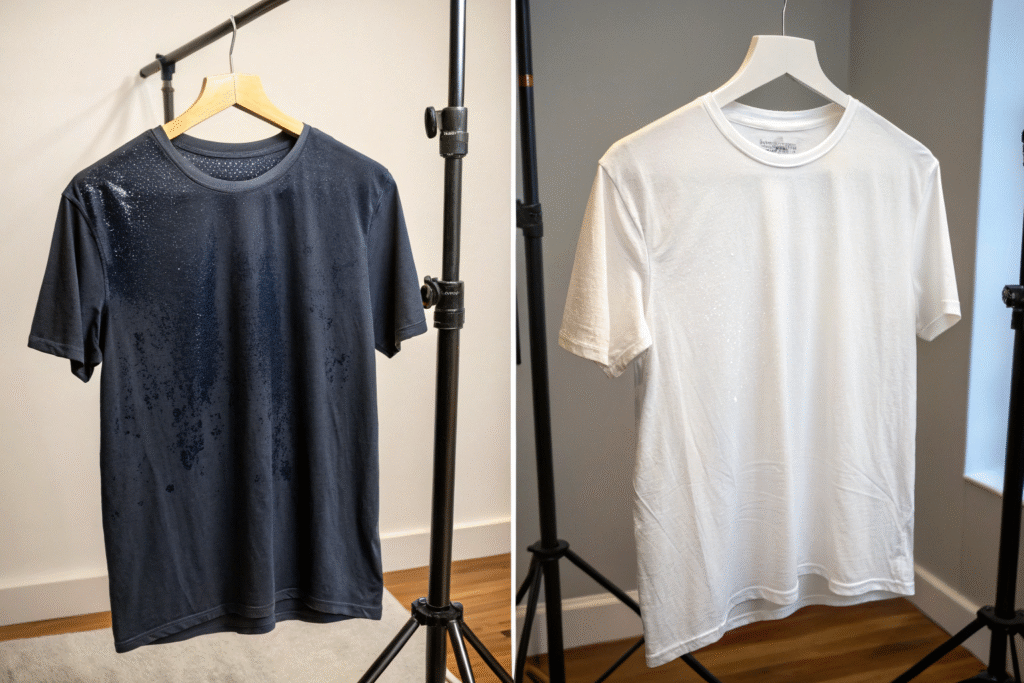
Why does cotton perform poorly?
Cotton absorbs moisture into the fiber core, increasing weight and prolonging drying time. By contrast, polyester channels moisture outward.
Do treatments improve efficiency?
Yes. Surface finishes applied to fibers, such as those used in Polartec, increase hydrophilicity and accelerate sweat transport.
Examples of Moisture-Wicking Textiles
Several commercial and technical fabrics are recognized for their wicking performance:
- Polyester and blends – The most widely used in sportswear due to cost efficiency and strength.
- Nylon – Offers durability, smooth texture, and reliable moisture transfer.
- Merino wool – Naturally regulates temperature and absorbs vapor effectively.
- Tencel™ Lyocell – A regenerated cellulose fiber that is breathable and absorbent.
- High-performance fabrics – Coolmax, Nike Dri-FIT, and Adidas Climalite are engineered specifically for rapid moisture management.
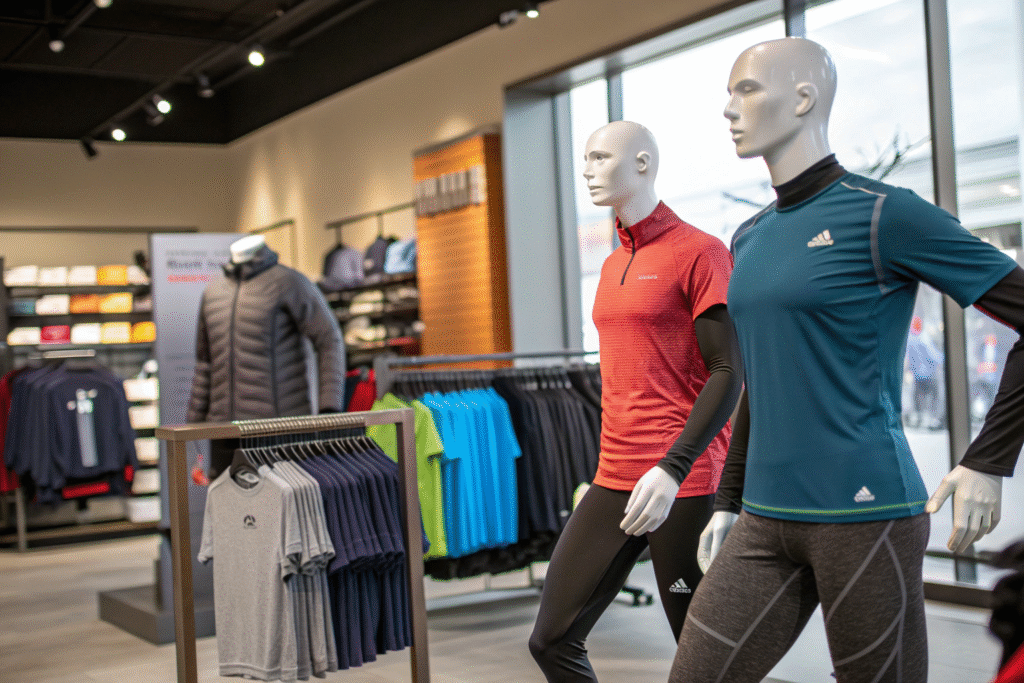
Which textiles are most suitable for intensive sports?
Synthetic knits with engineered finishes are ideal due to their quick-dry capabilities and durability under repetitive use.
Can moisture-wicking fabrics be sustainable?
Yes. Many brands now employ recycled polyester (rPET) in performance wear. Patagonia is a leading example in scaling eco-friendly performance apparel.
Importance of Moisture-Wicking Properties
Moisture-wicking fabrics are more than marketing terminology. They contribute significantly to user comfort and garment performance.
- Athletic use – Athletes remain cooler, drier, and experience reduced chafing.
- Outdoor activity – Wearers maintain comfort despite changing weather conditions.
- Daily wear – Everyday garments feel fresher in humid or warm environments.
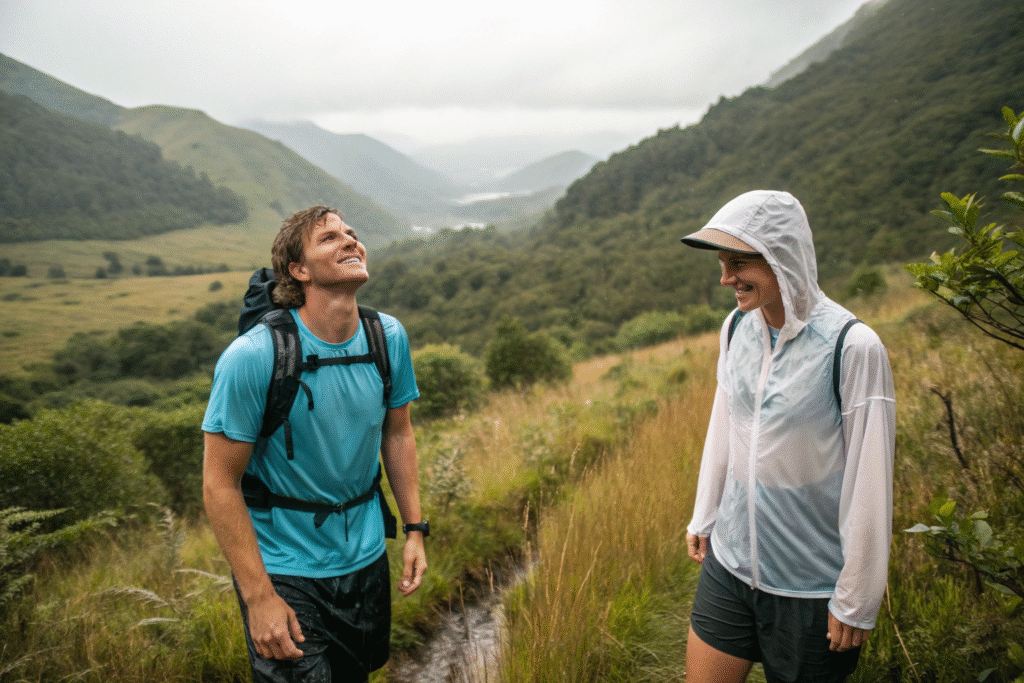
How do these fabrics support comfort?
They regulate body temperature and enhance evaporation, preventing overheating. Studies from the American Chemical Society emphasize the efficiency of synthetic fibers in reducing skin wetness during exercise.
Why are consumers willing to invest more?
Because the benefits are immediate—comfort, quick drying, and durability—which justify premium pricing compared to non-wicking fabrics.
Conclusion
Moisture-wicking fabrics perform by transferring perspiration from the skin to the fabric surface, where it evaporates rapidly. This is achieved through fiber choice, yarn design, fabric construction, and specialized finishes. As a result, these fabrics enhance comfort, regulate temperature, and support both athletic and daily applications.
At Fumao Fabric, we specialize in supplying high-quality moisture-wicking textiles, including polyester knits, recycled rPET eco-fabrics, and advanced blends. With CNAS-certified testing and integrated production capabilities, we ensure consistent performance and global compliance.
If you are developing your next sportswear or outdoor apparel collection, please contact our Business Director Elaine at elaine@fumaoclothing.com to collaborate on high-performance fabrics that align with sustainability and quality standards.

